Become more conscious of your packaging leftovers.
Long Description
Trash is an unpleasant topic. We try to get it out of sight as quickly as possible. As we have grown so used to it, travelling to a less organised country seems to be necessary to become aware of the gigantic dimensions this problem has grown into. Confronting people with an issue like that is a not an easy challenge, especially if it gets as private as
their own home. This gave me the leading question: How do you accept this confrontation?
“buy it. name it. feed it.” puts the leftovers of our daily consumption in a historic context. About 200 years ago, we fed our rubbish to pets, Today it is not a pig anymore, but a see through muppet living in your kitchen. It will even grow fat over time. The real amount of trash everybody generates on a daily basis is visualized and moves up a bit in one’s consciousness. Play, joy of communication and kinetics create an easy access to trash as a major topic. The more we raise awareness, the more likely we are to find better solutions.
Materials: stainless steel, recycled rubber, the most sustainable plastic bag available. The print is an incentive to only buy exactly these bags.
tutor: Elmar Heimbach, Klemens Grund
winter 2015/16: concept and construction
summer 2016: details and presentation

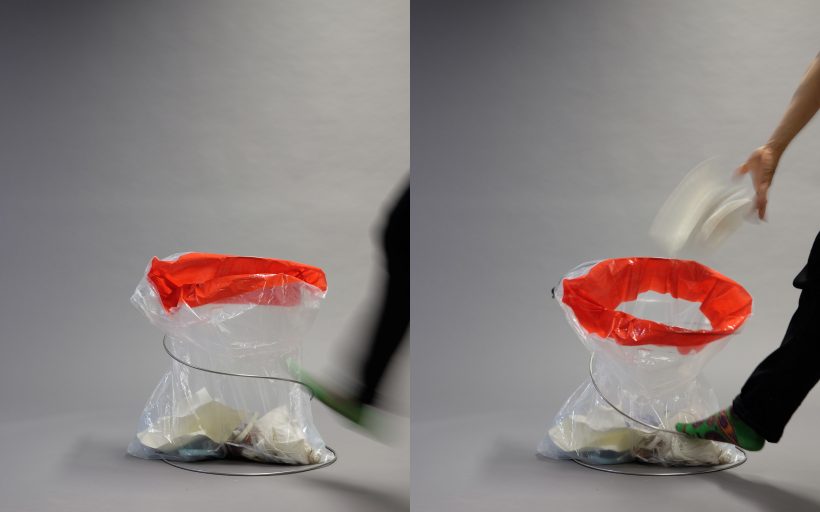
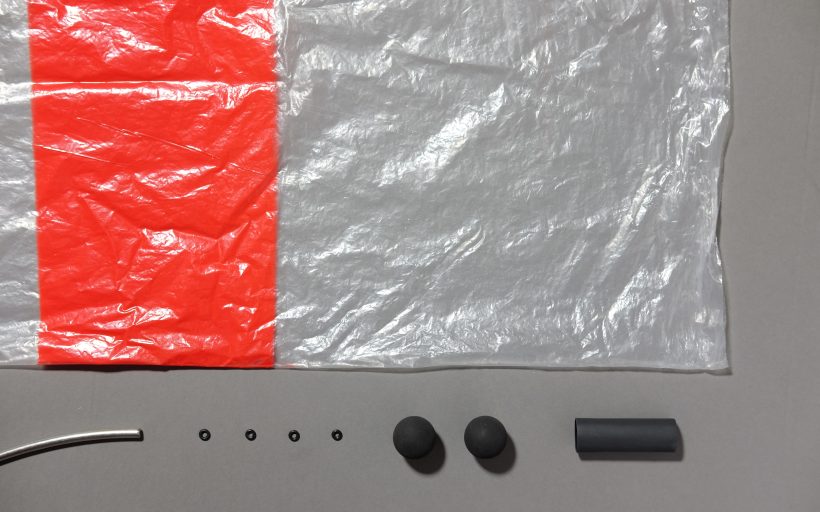
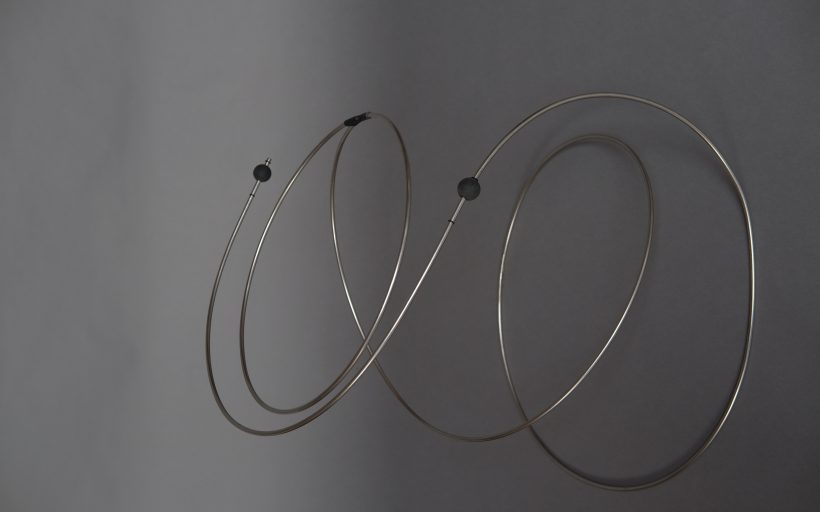
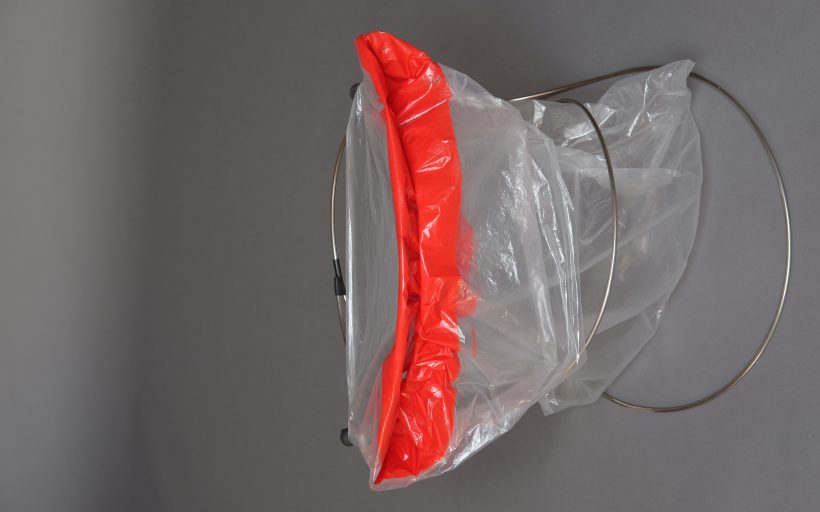
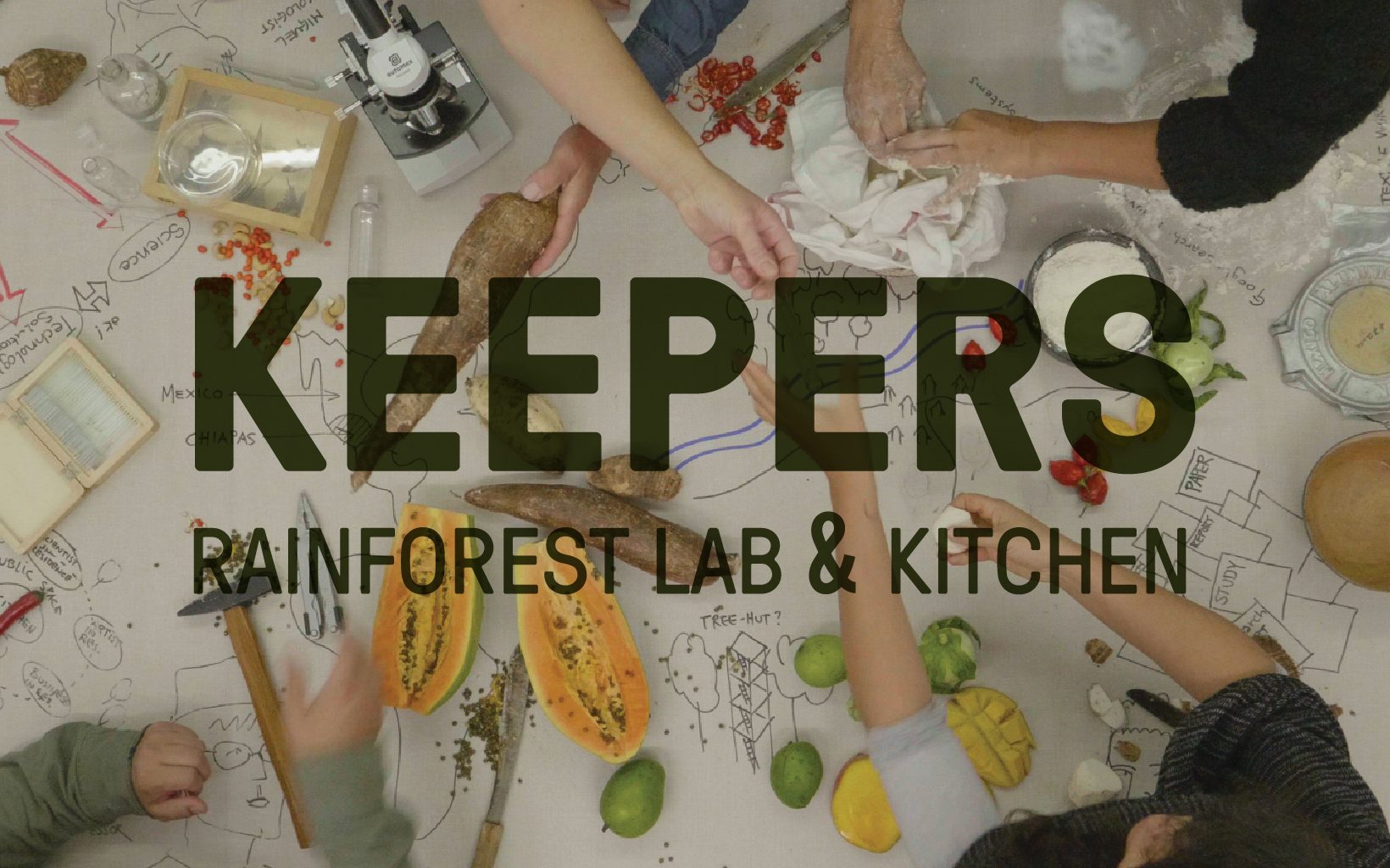

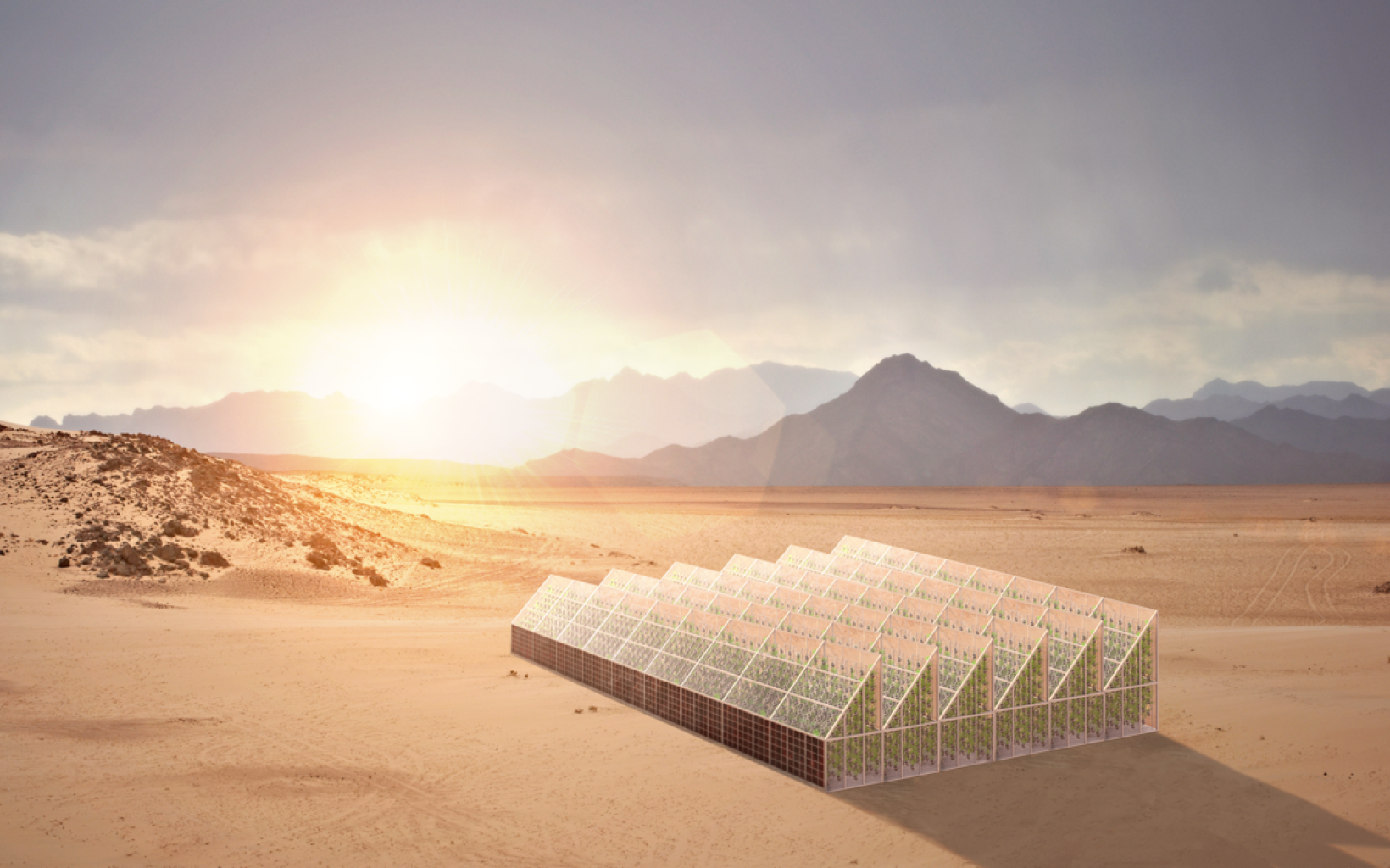
Share on social media.
Facebook
Twitter
LinkedIn
Mail